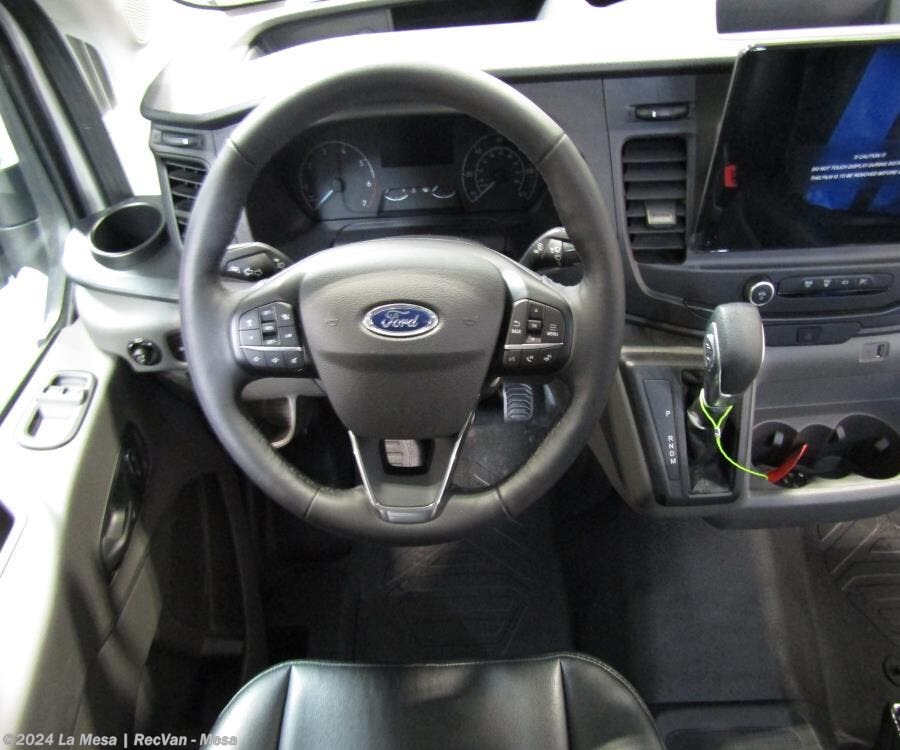

And once Tesla is happy with the prototype mold, it can then invest in a final metal one for mass production. The casting specialists overcame that by formulating special alloys, fine-tuning the molten alloy cooling process, and also coming up with an after-production heat treatment, three of the sources said. The aluminium alloys used to produce the castings behaved differently in sand and metal molds and often failed to meet Tesla's criteria for crashworthiness and other attributes. Once the part has been cast, the sand is removed to leave the voids.īut despite that greater flexibility achieved in both the design process and the complexity of the large frames, there was still one more major hurdle to clear.

To cast subframes with hollows as part of one gigacasting, Tesla plans to place solid sand cores printed by the binder jets within the overall mold. At the moment, they are made by stamping and welding multiple parts together leaving a void in the middle.

The subframes in a car underbody are typically hollow to save weight and improve crashworthiness. The design validation cycle using sand casting only takes to two to three months, two of the sources said, compared with anywhere from six months to a year for metal mold prototypes. That means Tesla can tweak prototypes as many times as needed, reprinting a new one in a matter of hours using machines from companies such as Desktop Metal (DM.N) and its unit ExOne. Using a digital design file, printers known as binder jets deposit a liquid binding agent onto a thin layer of sand and gradually build a mold, layer by layer, that can die cast molten alloys.Īccording to one source, the cost of the design validation process with sand casting, even with multiple versions, is minimal - just 3% of doing the same with a metal prototype. To overcome the obstacles, Tesla turned to firms that make test molds out of industrial sand with 3D printers. That has been deemed prohibitive by automakers - especially as a design might need half a dozen tweaks or more to achieve a perfect die from the perspective of noise and vibration, fit and finish, ergonomics and crashworthiness, the sources said.īut Musk's vision from the start was to find a way to cast the underbody in one piece, despite the risks, the sources said. Another said the whole design process for a large metal mold would typically cost about $4 million. Once a large metal test mold has been made, machining tweaks during the design process could cost $100,000 a go, or redoing the mold altogether might come to $1.5 million, according to one casting specialist. So far, automakers have shied away from casting ever-bigger structures because of the "gigacast dilemma": creating molds to make parts of 1.5 metres squared or more boosts efficiency but is expensive and comes with myriad risks. All spoke to Reuters on condition of anonymity because they are not authorised to speak to the media. In both cases the innovations, developed by design and casting specialists in Britain, Germany, Japan and the United States, involve 3D printing and industrial sand, the five people said. The breakthrough Tesla has made centres on the how the giant molds for such a large part are designed and tested for mass production, and how casts can incorporate hollow subframes with internal ribs to cut weight and boost crashworthiness. Neither Tesla nor Musk responded to questions from Reuters for this story. Tesla was expected to make a decision on whether to die cast the platform in one piece as soon as this month, three of the sources said, though even if they do press ahead the end product could change during the design validation process. The five people said a single large frame - combining the front and rear sections with the middle underbody where the battery is housed - could be used in Tesla's small EV which it aims to launch with a price tag of $25,000 by the middle of the decade.


 0 kommentar(er)
0 kommentar(er)
